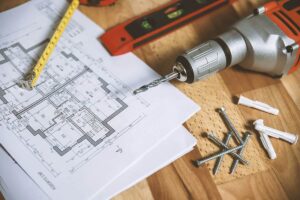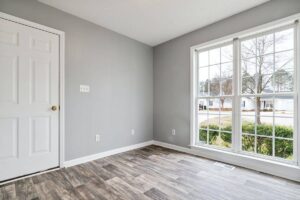So, you bought a starter home or a home that suited you and your family at the time you bought it and that worked for a long time, but now you’re growing out of it, and your house is a squash and a squeeze. You might even have considered selling and moving. But then you see the market is high and you don’t want to suddenly get yourself into a much higher mortgage. But wait, you have a good size lot, or maybe you can even add a top floor if you live in a single level home. Surprisingly, this is exactly why many homeowners who otherwise love their home, go the route of building an addition. But how much do home additions cost? Is it worth the investment or the same as selling and moving?
Selling/Moving Scenario
In 2013-2016 houses in the Southern California area averaged around $650,000 for a starter level home. At that time, you probably could put 20% down on an average 3-4% mortage and pay around $2300-$2500 per month for your mortgage. Now if you move to a 4- or 5-bedroom house with more space, you’re likely looking at an average $1,300,000 home, nearly double.
Now let’s say you sell your house, collect about $200,000 and that’s really all you have to put down on the $1.3M home so you’re mortgaging $1M at around 5-6% interest rate for 30 years. Well now your mortgage payment is nearly $7,000 per month. I’m guessing you’ve worked out that scenario and realize unless you put a lot more down, your life has just become a lot more expensive with triple the mortgage! Then add moving expenses, added utility costs and more property tax, all together now you’re up to your neck or beyond your means. No one should be living deeply cash poor and one missed check at work and you’re in deep.
Building an Addition
Now let’s look at the addition scenario. You can build a whole other level above your house if you have a single level which will double the square footage and change the whole way your home can function. You can have all bedrooms upstairs, leave one or two downstairs and expand the living room, kitchen and even make a playroom. The possibilities are endless though of course the more you do the more expensive it becomes. Sometimes you can do something as simple as adding rooms within the square footage by just rearranging the living room and kitchen.
Or you can just build out one section of the home like living room or kitchen to expand that area, or add a bedroom extended from the back or even front of the house, if you have a nice sized front yard. A good architect and designer can offer many options, but they each have different implications pricewise. You might like a few different options, but you will want to hire a general contractor who builds additions to price these various scenarios out for you. Short of creating many different blueprints, you can simply describe what you are thinking or the architect, and then ask for a ballpark estimate based on those options. For more information you can contact us.
How Much Does an Addition Cost?
The cost of the addition is going to depend on what you’re changing and moving, how much of the roofline is being affected – will you need to rebuild the entire roof or part, which affects the amount of framing, and whether it will involve foundation additions, moving or adding chimneys, and more. Generally, a second floor can be added with a little less per square foot cost than expanding into the lot. In Southern California you’d be looking at approximately $200-400 roughly per square foot for a second floor, and $400-700 per square foot for expanding into the lot. This doesn’t include the finishings, like flooring, and whatever is going in those spaces other than walls – such as a kitchen, bathrooms, fireplace, laundry, garage, closets and other things. The average homeowner in the Southern California will spend anywhere from $150k – $350k on average for an addition.
How Do You Pay for the Addition?
Not a lot of people easily save up hundreds of thousands for work performed on their houses. Fortunately, there are options. You can combine savings, bonuses, 401k draws, with doing a cash out refinance on your existing house or even better pull out a HELOC. The advantage with the HELOC is not having to touch your original mortgage and if you have a good interest rate and mortgage amount, that will be much more comfortable to pay over time.
Sometimes you can get financing otherwise through a bank or online financing options such as peer to peer lending or if you’re incredibly resourceful, even a private loan through a wealthy individual. Either way, it’s your own house that has the most collateral leverage for you to find money. So, you could have a great new house by building the addition but only have paid maybe $200k for it that you can pay over a long period of time, whereas if you bought a new home, you’re stuck in a $1M mortgage.
Hopefully you see how much the cost of building an addition is actually worth it when you look at these numbers and scenarios for staying in your area and job.
We can help answer any more questions you may have about building an addition. Simply call us at the number at the top of this site and we can meet and discuss your options!











